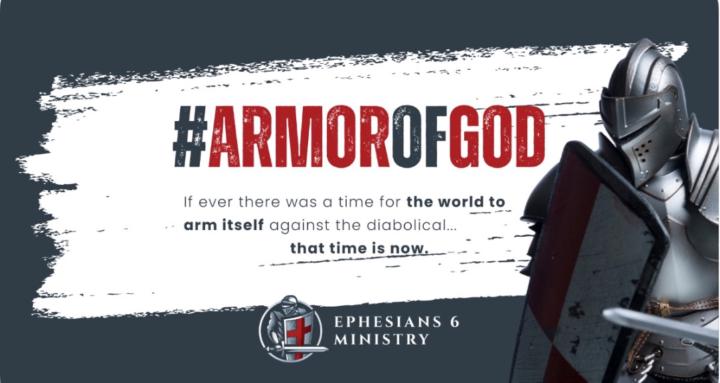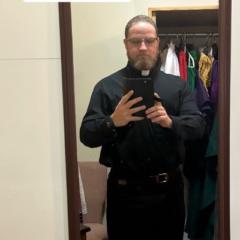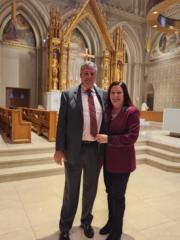20d • Learn about Virtues
Faith V
Part V
Before considering the “content” of faith, a brief overview could prove helpful.
The term “faith” is considered in two dimensions: 1) a relationship of trust that witnesses to certain truths, and 2) the relationship that strengthens one’s purchase on the truth.
In the first, faith considers “truths” indirectly by means of the witness that knows them. Faith looks to a person who has direct knowledge, who invites one to share in that knowledge through a relationship built on trust.
In the second, Faith is an adherence to those truths revealed by certain acts that sustain a good relationship with the one that knows. Faith calls the believer to action, to live life more fully based on what Faith provides. These actions pertain to a covenant between the believer and God.
The liturgy touches both of these dimensions simultaneously. In the first instance, Jesus reveals the inner life of God. He is the primary witness for what believers cannot see. He makes Himself known in the incarnation so that believers might come to Know through Him! Secondly, Jesus calls us into communion through particular rites and their disciplines. The believer assents to God’s plan by following the rituals and rules that are prescribed so that man can better enter into God’s own life.
Catholic Christians then, have both a Creed — a set of tenants held by the faithful — the “what” or the “content” of one’s faith, and they have a “liturgy” — the expression of that faith. Prayer is an exercise of faith and the law of our prayer is the law of our belief. Lex orandi: lex credendi. The law of prayer is the law of belief.
7
0 comments

skool.com/ephesians6ministry
Put on the Full Armor of God. Get Fit for the Kingdom! Strengthen your relationship with Jesus. Overcome habitual sins. Find community support!
Powered by





